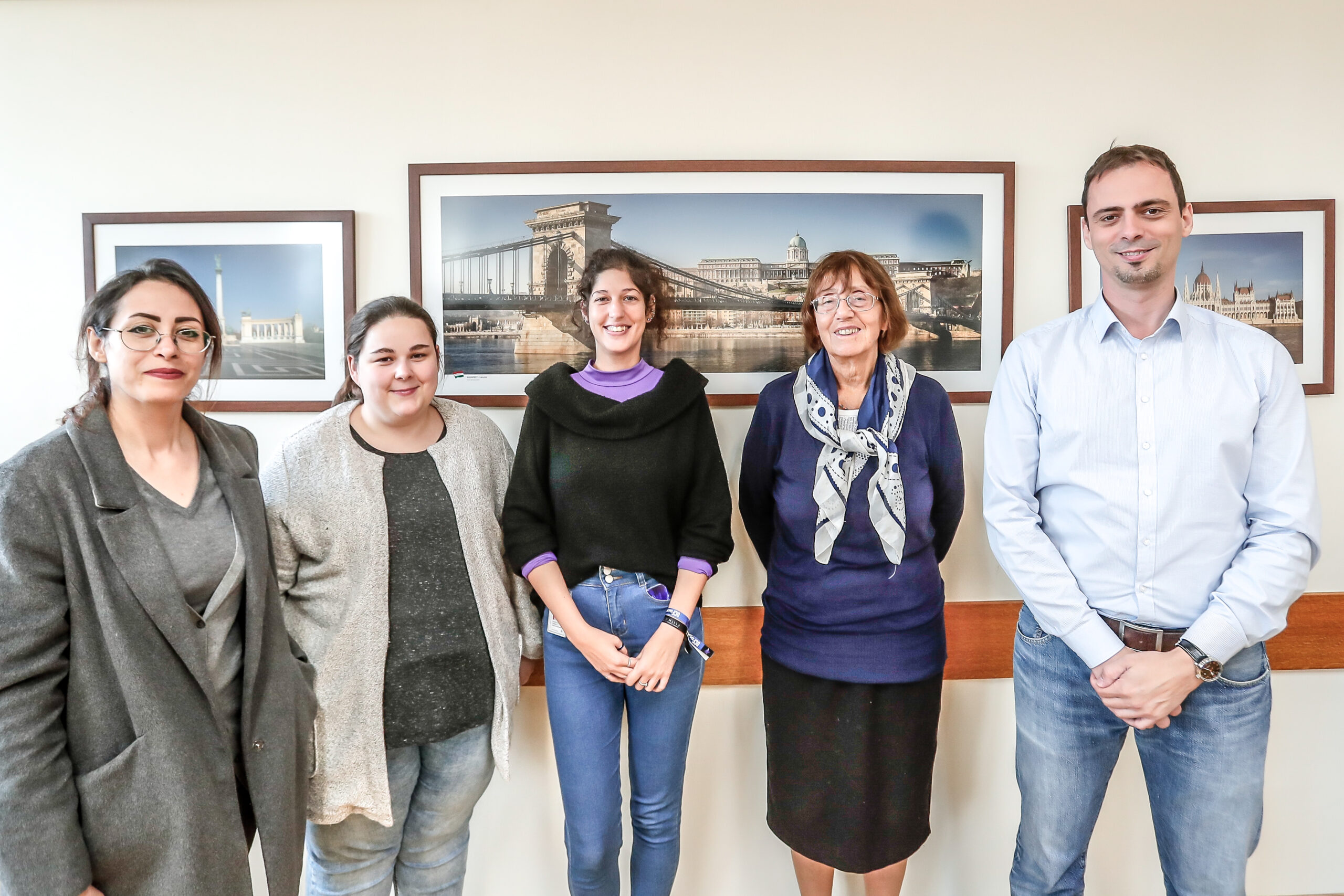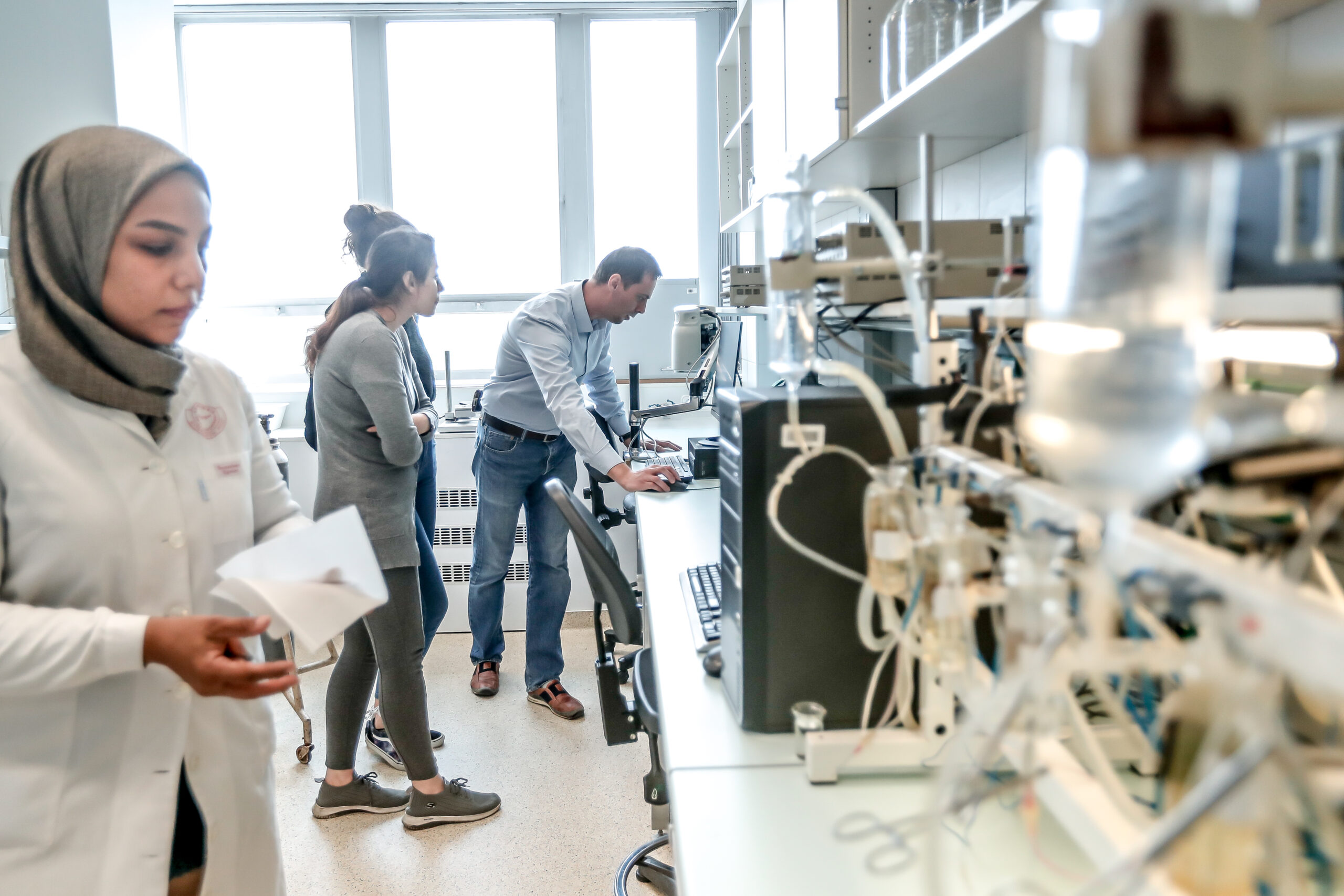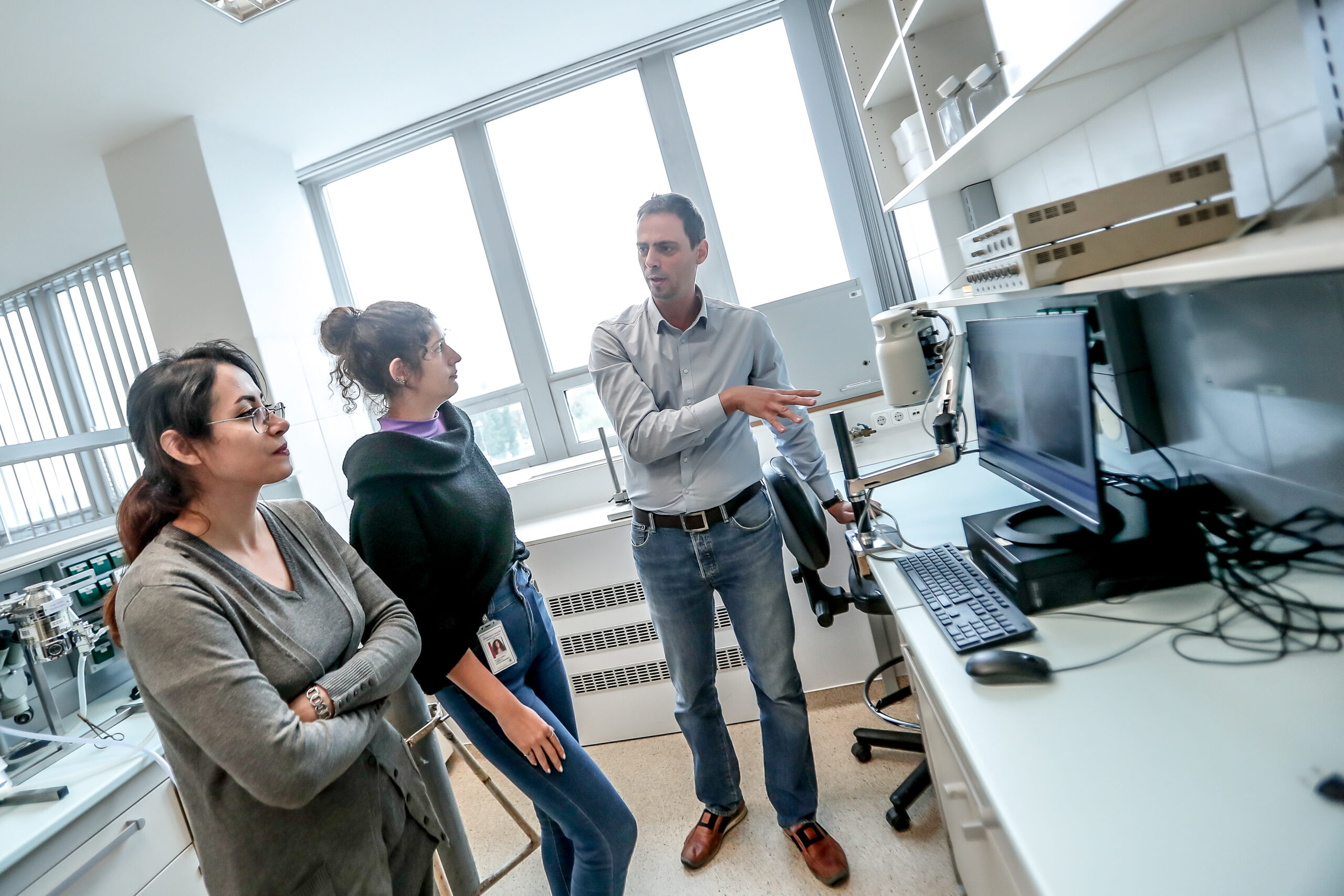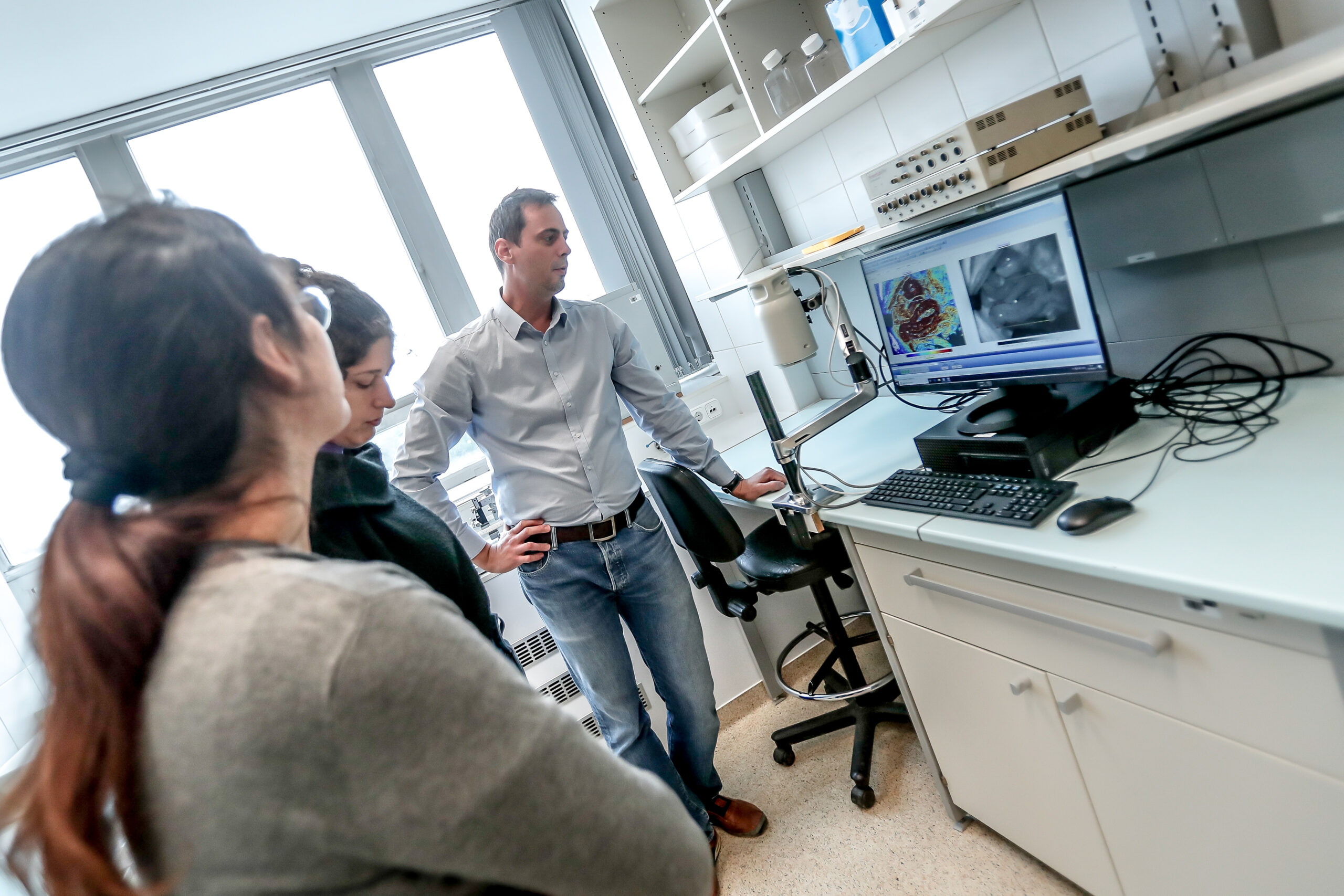Projects
Deciphering the pathogenesis of small intestinal damage caused by nonsteroidal antiinflammatory drugs
Nonsteroidal anti-inflammatory drugs (NSAIDs) are among the most widely used drugs worldwide. Their mucosal damaging effect in the stomach and duodenum is well-recognized and can be effectively prevented and treated by antisecretory drugs. However, NSAIDs also injure the lower gastrointestinal tract, and the development and introduction of new diagnostic tools (e.g. video capsule endoscopy) have revealed that small intestinal ulcers are much more common and serious than previously recognized.
In the last two decades, much effort has been put into understanding the complex pathogenesis of NSAID enteropathy (Fig. 1), but it still remains insufficiently understood.
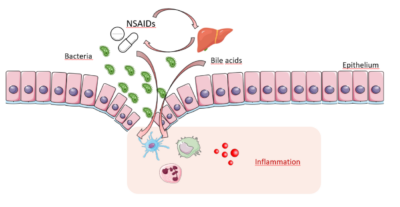
Fig. 1. Some factors involved in the pathogenesis of NSAID enteropathy. (The figure contains artworks produced by Servier Medical Art (https://smart.servier.com/).
Our studies aim to identify novel mechanisms and targets in a rat model of NSAID enteropathy, which could potentially be useful for the design of new therapeutic interventions. After treating the animals with different NSAIDs, they are euthanized and their small intestines are removed. The severity of mucosal injury is evaluated macroscopically, histologically, and by various molecular biological techniques (Western blot, ELISA, qPCR, enzyme activity assays, etc.) (Fig. 2).
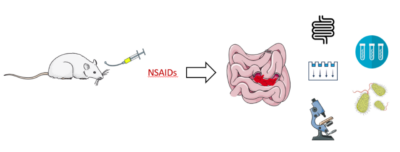
Fig. 2. Flow chart of experimental design. NSAID-induced mucosal damage is determined by measuring the tissue levels of pro- and anti-inflammatory cytokines, reactive oxygen species, tight junction proteins. (The figure contains artworks produced by Servier Medical Art (https://smart.servier.com/).
Considering the pivotal role of enteric bacteria and bile acids in the pathogenesis of enteropathy, we also aim to determine the composition of intestinal microflora in NSAID-treated animals, as well as the concentrations of primary and secondary bile acids.
Acquirable skills: drug treatment of animals, macroscopic evaluation of enteropathy, histology, Western blot, ELISA, qPCR.
Tutor: Dr. Zoltán Zádori, associate professor
Our previous publications related to this project:
- Hutka B, Várallyay A, László SB, Tóth AS, Scheich B, Paku S, Vörös I, Pós Z, Varga ZV, Norman DD, Balogh A, Benyó Z, Tigyi G, Gyires K, Zádori ZS. A dual role of lysophosphatidic acid type 2 receptor (LPAR2) in nonsteroidal anti-inflammatory drug-induced mouse enteropathy. Acta Pharmacol Sin. 2024 45: 339-53.
- Zádori ZS, Király K, Al-Khrasani M, Gyires K. Interactions between NSAIDs, opioids and the gut microbiota – Future perspectives in the management of inflammation and pain. Pharmacol Ther. 2023 241:108327.
- Hutka B, Lázár B, Tóth AS, Ágg B, László SB, Makra N, Ligeti B, Scheich B, Király K, Al-Khrasani M, Szabó D, Ferdinandy P, Gyires K, Zádori ZS. The Nonsteroidal Anti-Inflammatory Drug Ketorolac Alters the Small Intestinal Microbiota and Bile Acids Without Inducing Intestinal Damage or Delaying Peristalsis in the Rat.Front Pharmacol. 2021 12:664177.
- Lázár B, László SB, Hutka B, Tóth AS, Mohammadzadeh A, Berekméri E, Ágg B, Balogh M, Sajtos V, Király K, Al-Khrasani M, Földes A, Varga G, Makra N, Ostorházi E, Szabó D, Ligeti B, Kemény Á, Helyes Z, Ferdinandy P, Gyires K, Zádori ZS. A comprehensive time course and correlation analysis of indomethacin-induced inflammation, bile acid alterations and dysbiosis in the rat small intestine.Biochem Pharmacol. 2021 190:114590.
- Lázár B, Brenner GB, Makkos A, Balogh M, László SB, Al-Khrasani M, Hutka B, Bató E, Ostorházi E, Juhász J, Kemény Á, László T, Tiszlavicz L, Bihari Z, Giricz Z, Szabó D, Helyes Z, Ferdinandy P, Gyires K, Zádori ZS. Lack of Small Intestinal Dysbiosis Following Long-Term Selective Inhibition of Cyclooxygenase-2 by Rofecoxib in the Rat. Cells. 2019 8(3):251.
Members
Workgroup leader:
Professor emerita:
Researcher / postdoc:
PhD student:
Arezoo Haghighi, MSc
Anna Zsidai
Zsuzsanna Orsolya Demeter, MSc
Assistant:
